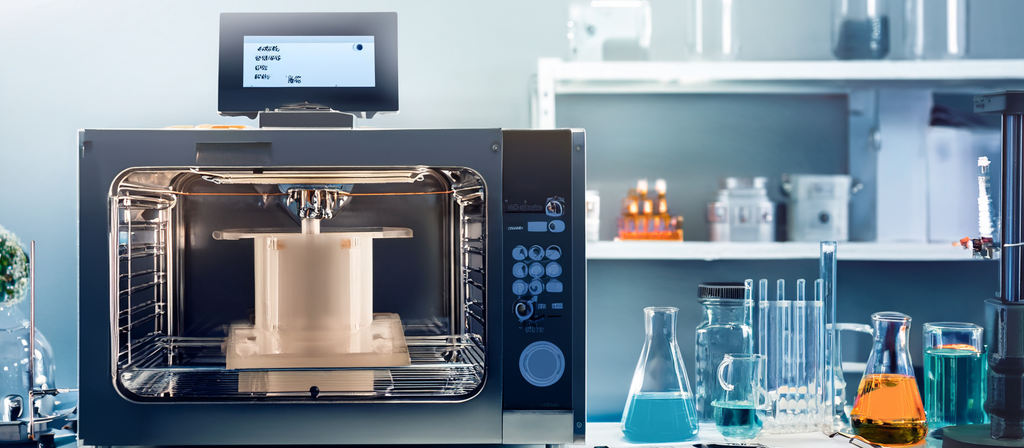How to Anneal PLN for Stronger 3D Printed Parts
How to Anneal PLN for Stronger 3D Printed Parts
Boost heat resistance and performance with this simple post-processing technique.
If you’re printing parts that need better heat resistance and durability, annealing your PLN or PLA prints is a smart upgrade. This guide walks you through the process to get professional-level results using everyday tools.
For the PLN, the annealing process enables it to reach a heat resistance of up to 175ºC.
What Is Annealing in 3D Printing?
Annealing is a heat treatment that improves the internal structure of polymers by increasing crystallinity.
-
Better heat deflection temperature
-
Stronger, stiffer parts
-
Improved dimensional stability over time
-
Preheat Oven
Set to 80–110°C (176–230°F). Lower temps are safer, higher temps provide more crystallization. -
Measure Dimensions
Use calipers to measure the X, Y, and Z axes before annealing. -
Place in Oven
Lay the part flat. Avoid placing supports or overhangs inside, these may deform. -
Heat for 30–60 Minutes
Time depends on part size and wall thickness. -
Cool Slowly
Turn off the oven and leave the door closed until fully cool. Sudden changes in temperature can cause warping or cracks. -
Re-measure
Expect slight shrinkage typically 1–5%. Adjust designs accordingly if needed.
Tips for Best Results
-
Test with a calibration part before annealing a final print
-
Use high infill (50–100%) for better strength
-
Choose annealing-optimized PLA when available
-
Don’t anneal parts with delicate support structures
When to Use Annealed PLN?
Annealed PLN is ideal for:
-
Functional parts exposed to heat
-
Prototyping for outdoor or automotive environments
-
Custom tooling with higher mechanical demands
Final Thoughts
Annealing is a simple but powerful method to enhance the performance of your PLN prints, especially when using 3D printing in professional or industrial settings. With just a convection oven or, as a last resort, an air fryer, along with a bit of patience, you can create stronger, more heat-resistant parts without needing to switch to more complex materials. While manufacturing jigs, fixtures, or molds can be beneficial, they are not strictly necessary since PLN already offers high performance.
